Nature learning workshop
Contact
Regina Hoefele
Heidebrinker Street 19
13357 Berlin
What we offer
Open learning workshop every Tuesday from 4 pm
Workshops
Sponsors

Children from the neighbourhood and the surrounding facilities are introduced to nature in their own living environment. Through independent experience in their natural environment, they will become enthusiastic about the small and large animals in urban nature. Nature walks and explorations in the neighbouring urban nature as well as excursions in Berlin’s forests are ideal for this purpose.
Workshops and excursions
The workshops generally last 2 hours.
In the time between 9.00 – 16.00 o’clock.
Longer dates are also possible by arrangement (forest excursions, Feuer Flamme etc.)
see also co-operation workshops
possible meeting points: Volkspark Humboldthain, Rehberge, Tegeler Forst or other excursion destinations by arrangement
If you would like to experience a child-orientated workshop with your school class or daycare group, you are welcome to make an appointment with us here.
All offers are free of charge
Nature workshop offers
The Nature Learning Workshop offers children and young people nature excursions in the immediate vicinity of their institution, e.g. in the Humboldthain in the school neighbourhood of the Mitte district. Forest excursions are also organised throughout Berlin. On the nature excursions, nature education programmes are combined with an appealing transfer of knowledge in order to
- sensitise children to the environment and nature from an early age
- Awaken enthusiasm for natural history and ecological relationships
- guide scientific research and discovery
- Develop teamwork and other social skills
- to educate and impart natural history knowledge
- to prepare for future ecological and scientific challenges
Animals in the city
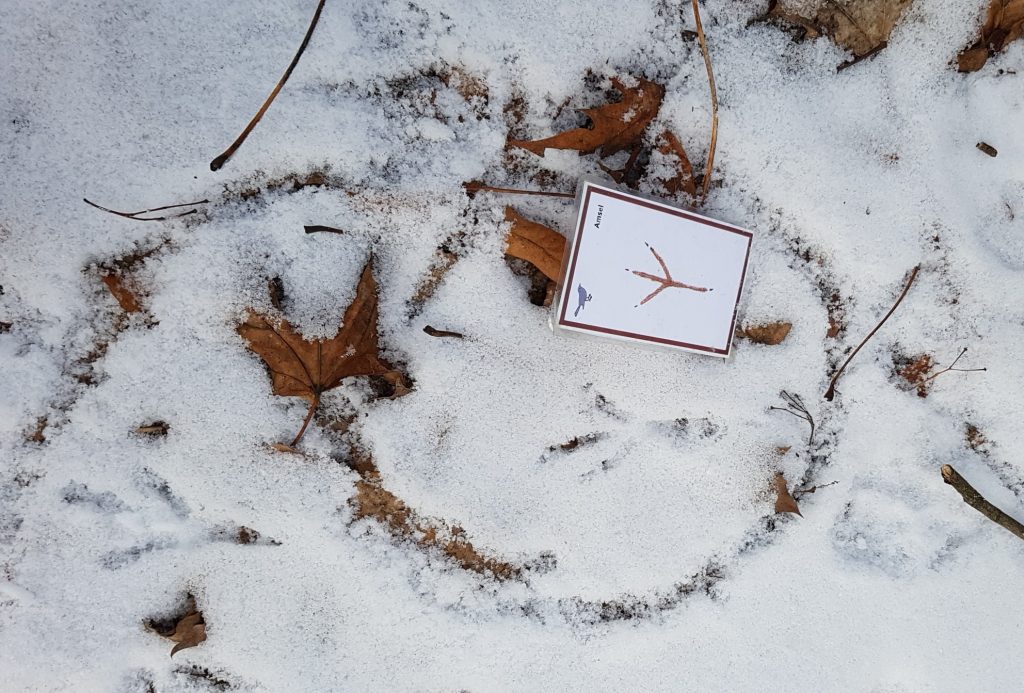
Tracking through parks and forests
Where are hedgehogs, grasshoppers, squirrels and foxes hiding? On a foray through the Humboldthain, animal tracks are discovered and other clues about the park’s animal inhabitants are tracked down. Individual animal dwellings are also sighted and then a joint decision is made on what to recreate: A squirrel’s den, a hawk’s nest or a hedgehog shelter?
Duration 2 hours Suitable for preschool and primary school, preparation for secondary level 1
Through the year with the animals
Nature walks adapted to the seasons
Animals in winter Winter preparations in the animal kingdom are now in full swing. What survival strategies do animals develop during the cold season? With a warmth and cold experiment, we get on the trail of hedgehogs and the like, whether they are “prickly animals, feathered creatures or fur-bearers” – who survives the winter best?
Birdsong In spring, a lively chirping begins – because all the birds are already here! We learn interesting facts about the marriage of birds, nest building and rearing young. Knowledge is presented in a playful way and can be experienced.
Meadow workshop We can observe a special feature from March right through to autumn. When everything is flying, buzzing and humming… the wild bees are also out and about. To support these useful insects, we build simple nesting aids and teach you how to sow suitable plants and flowers.
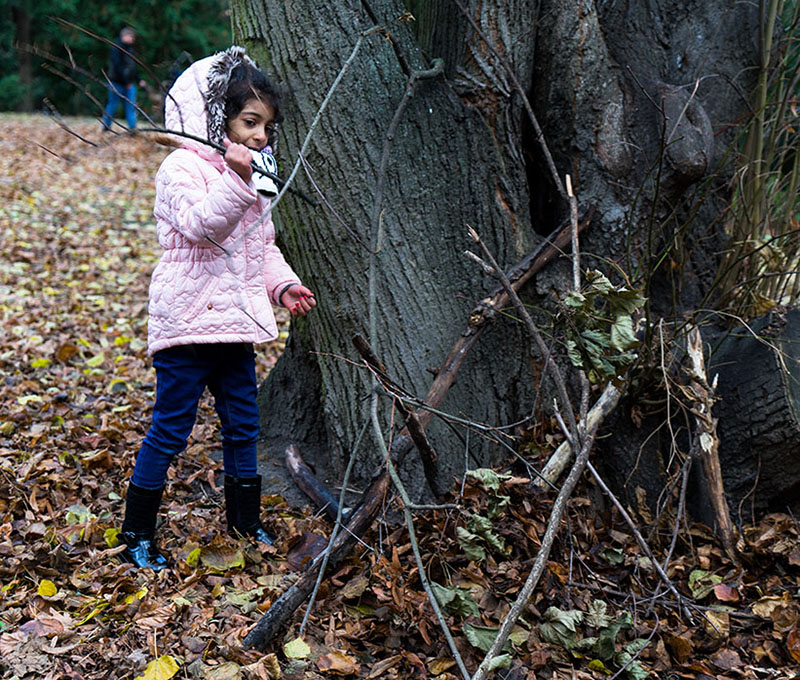
Blackbird, thrush, finch and starling
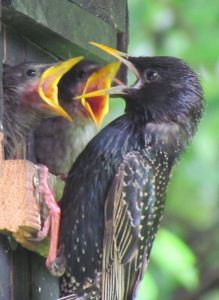
In this series of workshops, you can experience bird life in seasonal rhythms.
1. In spring: VOGELGEZWITSCHER – alle Vögel sind schon da? – In the park, the most common bird species from sparrow to crow, titmouse to wren are explored and identified on the basis of characteristics and behaviour. Compare and recognise bird calls.
2. in early summer: BIRD HOLIDAY TIME – we learn interesting facts about nest building and rearing young. How is a nest constructed? How often do parents have to fly out until the young fledge?
3. in autumn and winter: FEEDING ALLOWED! How do the feathered ones spend the winter? And how we can support them: Build small feeding stations or tit dumplings. Recognising the differences between grain and soft food eaters
4. all year round: BIRD FLIGHT AND FEATURES – Why can birds fly? What distinguishes feathers from Velcro? The body structure and feather design play a key role in this, not least because birds were natural models for technical model aircraft at Lilienthal&Co.
The four complementary modules can be booked individually or as a complete package on four subsequent dates.
Duration: 2 hours each Suitable for preschool to primary school
Colourful colour laboratory
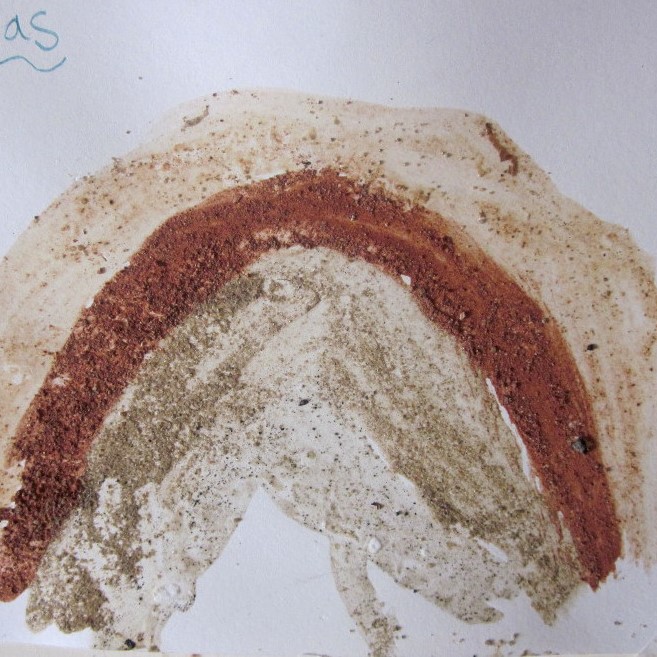
Making natural colours
Natural watercolours are pressed, grated and mixed from plant parts such as leaves, flowers, roots and berries. The bright, fresh colours can be applied to paper using various techniques. The colourful results will inspire you!
In another workshop, earth colours are produced using natural pigments from stone, brick and coal. These will be bound with natural binders and immediately tried out and painted on!
This workshop can be held outside in the park or in the workshop rooms.
Duration: 2 individual sessions of 2 hours each, suitable for all ages
Trees – on the road as a tree explorer

Co-operation workshops
Co-operations with two learning workshops generally consist of two modules (workshop parts), which complement each other in an educationally meaningful way, but deal with separate subject areas. A school class is divided into two teams. These two half-classes then alternate between the two learning workshops on the two dates booked.
- Fire and Flame – co-operation with the Magic Physics Learning Workshop
- Camouflage and warning – cooperation with the Museum (art) learning workshop
- The world of insects – in cooperation with the museum learning workshop (art)
- From grain to bread – in cooperation with the Cooking Caraway Kitchen learning workshop
- Nature and sounds – cooperation with the Sound Museum
- Bookbinding – cooperation with the Literature and Museum (Art) learning workshop
Fire and Flame
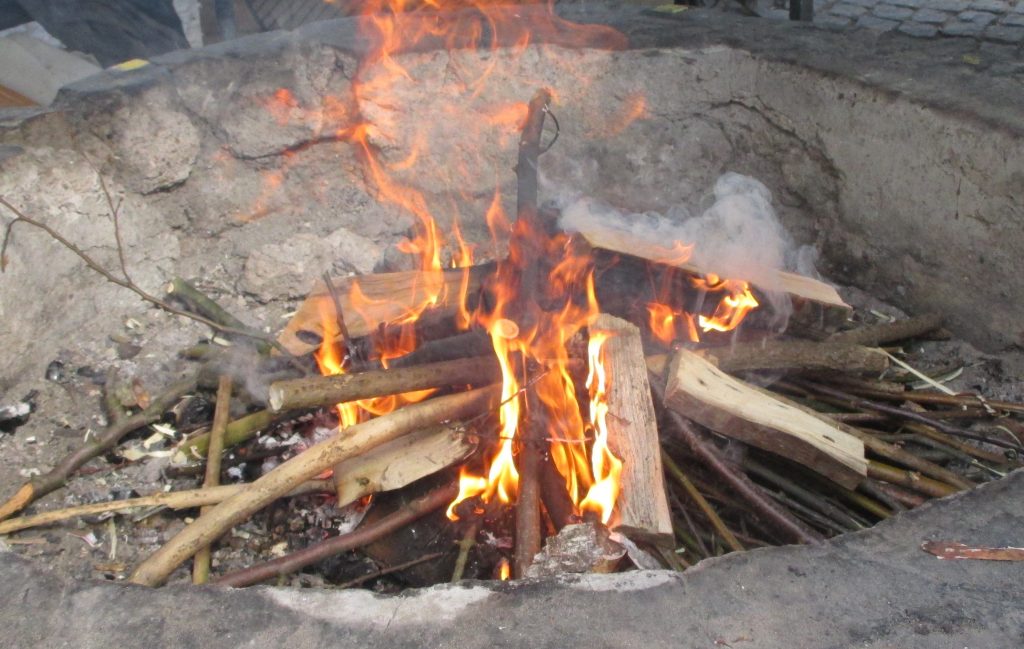
in co-operation with the Lernwerkstatt Zauberhafte Physik
This workshop focuses on the safe handling of the element of fire and the acquisition of fire skills.
In the Magic Physics
No spark is too small to be a fire – the handling of a match is tested, various extinguishing techniques are tested by means of experiments, such as the construction of a self-made fire extinguisher.
with the nature workshop
Lighting a fire without a match – depending on the weather, appropriate fire techniques are tested and small tinderbox fires are lit using a magnifying glass, flint, ignition steel and tinder. Teamwork is required when everyone gathers tinder together and sets up a campfire site. At the end, the fire blazes and we bake stick bread in the embers.
Duration: 2 sessions of 2 hours each, suitable for pre-school to secondary school.
This workshop takes place partly at the Humboldthain adventure playground.
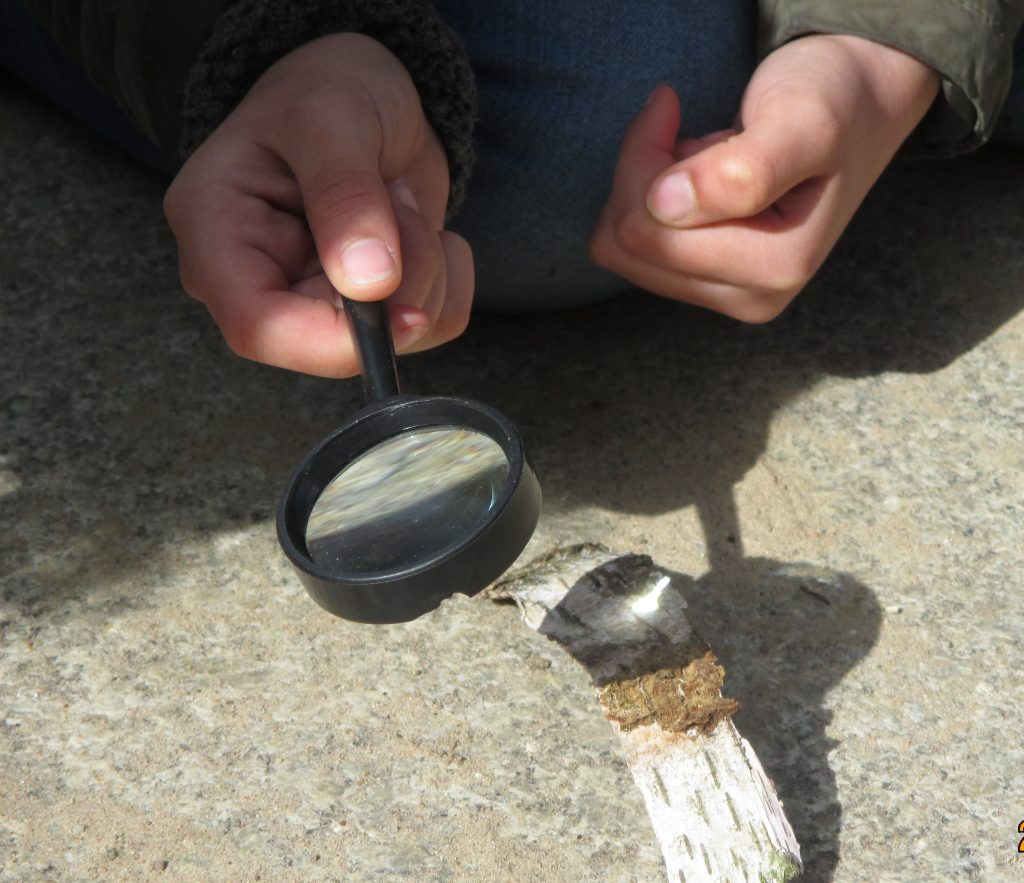
Camouflage and warning in the animal kingdom
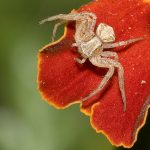
Mysterious mask
In co-operation with the Lernwerkstatt Museum
Grass green grasshopper, ladybird or butterfly – why do some animals wear signal colours while others seem almost invisibly camouflaged? Different behaviours and the adaptation of animals to their environment are “unmasked” and explored. We use natural materials to make colour pigments and camouflage make-up; alternatively, camouflage animals can be recreated.
Duration: 2 individual sessions of 2 hours each, suitable for all ages
The world of insects
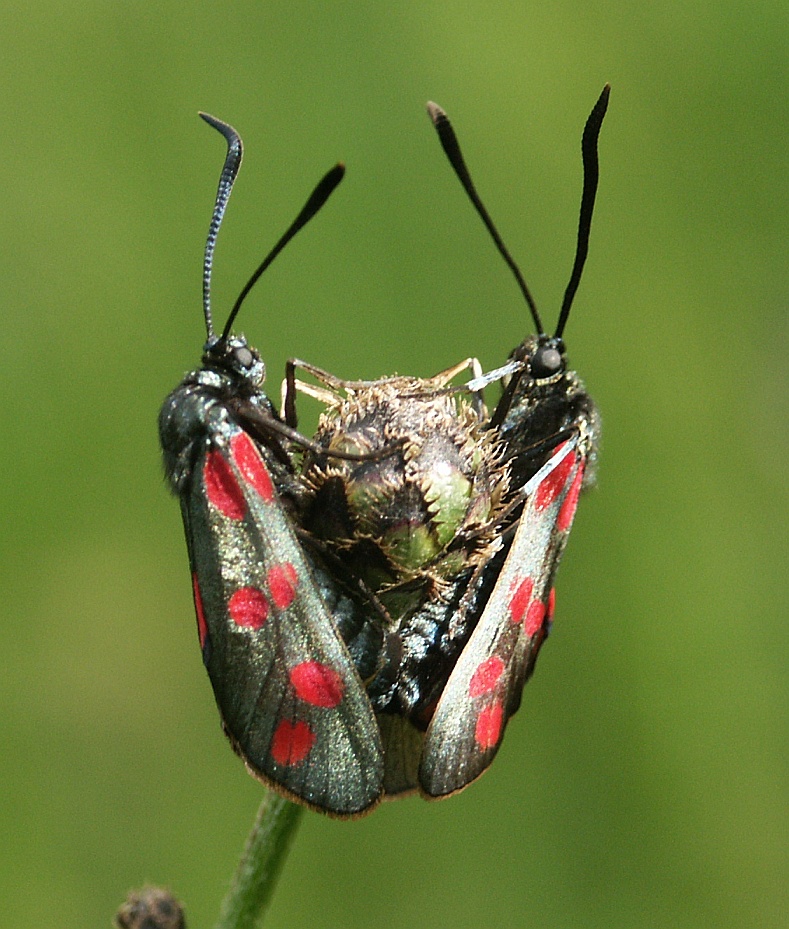
In co-operation with the Lernwerkstatt Museum
in the nature workshop
Equipped with a stereo magnifying glass, terrarium and identification key, a meadow and field laboratory is set up. Insects and other meadow dwellers can be examined and identified here. Whether ladybirds, butterflies or wild bees, we will determine their characteristics and identifying features and record them in a field and research booklet.
In the museum learning workshop
Based on models from nature, the animals we have researched can be modelled using various artistic techniques. Embossing techniques such as stamp printing from potatoes, wood and other materials are used, as well as colour spraying techniques to create silhouettes of branches, leaves or other natural elements on paper. Everything is possible from simple stamp shapes to drawings for your own creative field notebook.
Duration: 2 dates á 2 hours or longer, suitable for pre-school and primary school, special adaptation for secondary school
Can be combined with workshop: Wild bees – meadow workshop or book binding
From grain to bread
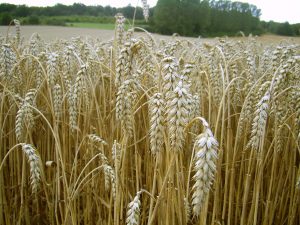
In cooperation with the Kümmelküche cookery workshop
in the nature workshop
After an introduction to “grain science”, we will crush flakes ourselves and grind various cereal grains into wholemeal on the stone mill. The cereal products flakes, meal and flour are used to make small, delicious snacks.
in the cookery workshop
We use flour and oats to knead and bake bread rolls, prepare fresh spreads and make muesli sticks. Everything is tasted right away.
Duration: 2 dates á 2 hours suitable for preschool and primary school, also for secondary level 1
Nature and sounds
In co-operation with the Sounding Museum
in the nature workshop
Sounds and tones are made to vibrate. We immerse ourselves in the world of natural sounds, build a whirring wood or make other natural materials resonate.
in the Sounding Museum
How is a sound created? Which natural materials are used to make musical instruments? Children and young people gain experience with rhythm and beat by trying out string and percussion instruments under the guidance of a music teacher.
Duration: 2 individual sessions of 2 hours each, suitable for all ages
Bookbinding
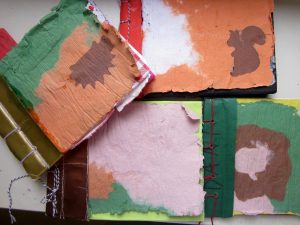
In cooperation with the literature and museum learning workshops
Writing, illustrating and binding children’s books:
together with the nature workshop and the museum workshop, the literature workshop offers a workshop in which children and young people are the inventors of their stories and also illustrate them. We use techniques such as the classic typewriter, paper and ink, self-made natural colours and create our own colourful paper. Finally, we bind the book together.
Duration: 4 sessions of 2 hours each, suitable for all ages
Can be combined with Making Natural Colours, Paper Workshop or The World of Insects
All co-operation workshops are coordinated in terms of content, but other workshops from the range of learning workshops can also be combined with each other.
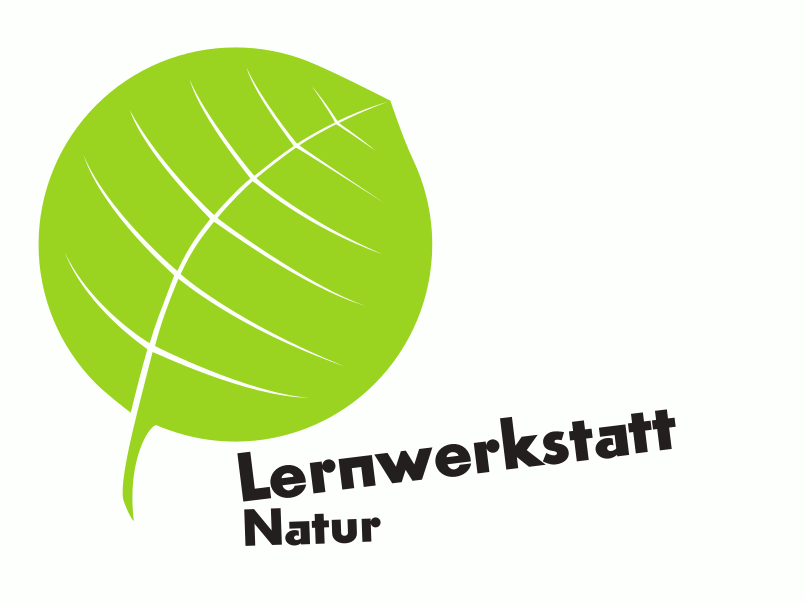
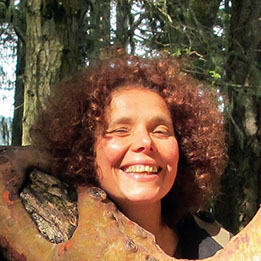
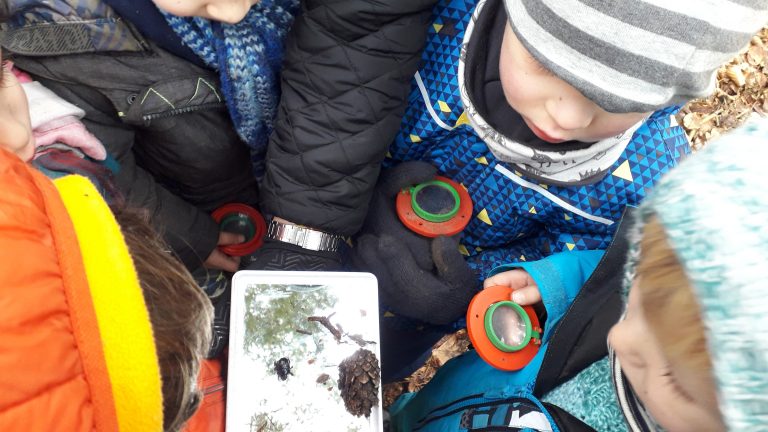
Promotion
The opening of the learning workshops in the afternoon is funded by the Federal Republic of Germany and the state of Berlin as part of the urban development programme Social Cohesion – Shaping Neighbourhoods Together
shaping neighbourhoods together.

